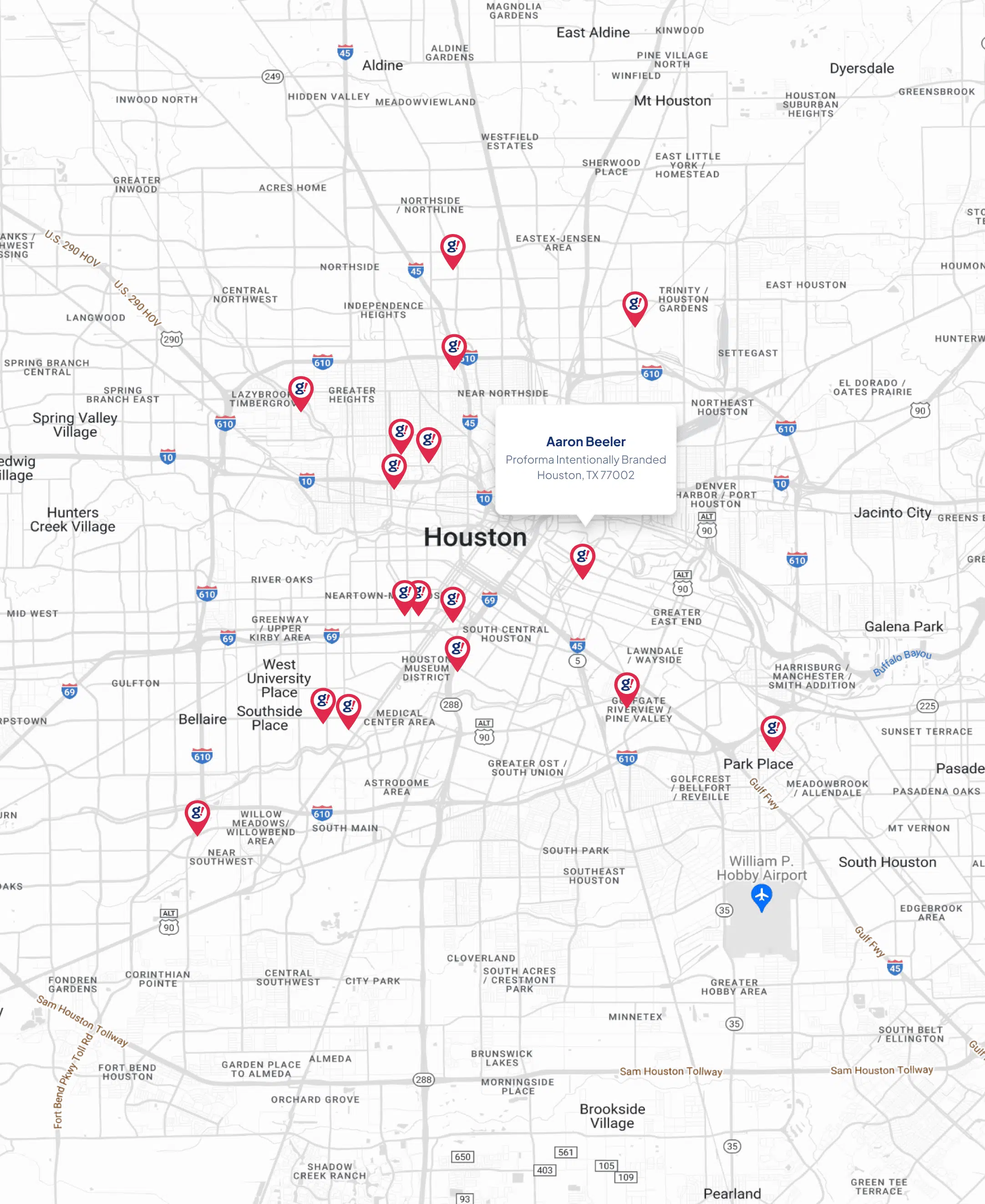We live in a world drowning in content, flooded with opinions, and algorithmically manipulated by narratives dressed up as fact. Everywhere you turn, someone’s selling a version of the truth, polished, filtered, repackaged, and optimized for clicks.
But if truth is the answer, what is it really?
At gotcha!, we’ve stopped calling ourselves a marketing agency. That label’s too small, too transactional. What we are is a technology company involved in the presentation and validation of truth. In a noisy digital world, our job is to help businesses, platforms, and systems communicate what is real, not just what sounds good.
We don’t just build websites, run SEO, or launch campaigns. We architect clarity. We don’t sell visibility, we build trust. And trust begins with truth.
But truth isn’t simple. It’s layered, often inconvenient, and rarely owned by any single party. That’s why the question we ask, internally, with clients, through data, and with our AI, isn’t how do we sell more? but what’s actually going on here?
That’s where it starts. That’s what Gialyze™ is for. That’s what the future of communication will depend on. Because as we move toward a world of AI agents, autonomous interfaces, and algorithmic interactions, truth will be the only differentiator that matters.
Truth Isn’t What You Think
We like to think of truth as a fixed point. A fact. A certainty. But in practice, truth is contextual, uncomfortable, and often avoided. There’s empirical truth: data, math, science. There’s personal truth: what we feel, what we believe. There’s functional truth: what works, even if it isn’t ideal.
And then there’s narrative truth: the kind most people live by without realizing it’s been constructed for them.
The small business owner who believes SEO is a scam. The startup founder convinced that a logo and pitch deck will bring funding. The marketing manager running reports that look good, even if the results aren’t.
They’re not lying. They’re just operating inside a version of the truth that no longer serves them.
At gotcha!, we encounter this every day.
We don’t argue or push. We investigate. We ask: “What’s actually happening?” Not what they want to happen. Not what they hope is happening. What’s real. We do this with tools. With systems. With research. With AI. But mostly, we do it with clarity of intention. Because truth isn’t a deliverable. It’s a discipline. And until a business is ready to face it, nothing else really works, not marketing, not strategy, not tech.
How We Discover Truth
Truth rarely shows up in spreadsheets. It leaks out in conversation.
We’ve found that the real insights, the ones that change the course of a project, don’t come from forms or KPIs. They come from a 10-minute tangent on a call with the founder. A moment of frustration from the marketing manager. An offhand comment like, “Our customers still don’t really know what we do.”
These aren’t just remarks. They’re signals.
At gotcha!, we listen for those signals. We chase them down. We dig until the fog clears. And then we bring AI, strategy, and systems to bear, not to decorate the problem, but to solve it from the inside out.
That’s what Gialyze™ is built for.
It’s not just a research tool, it’s a diagnostic lens. A way to peel back what a business thinks is happening and get to what’s actually at play:
- Where is trust breaking down?
- What do customers actually experience?
- Is this a messaging issue… or a deeper misalignment?
- Are you ranking low on Google, or are you just invisible to your audience?
From this clarity, the real work begins. And when we apply it across our platform, through g!Stream™, g!Places™, g!Reviews™, and more, it’s not just about marketing. It’s about presenting a business as it truly is, and then helping it evolve into what it was meant to become.
Because every campaign, every page, every AI-driven insight we generate is only as good as the truth it’s built on. And when we help a client see their truth clearly, everything else becomes easier, decisions, growth, even letting go of the stuff that never worked in the first place.
The Future: When Agents Talk to Agents
The old web was built on content. The current web is built on optimization. But the future? It’ll be built on agents, AI assistants negotiating on our behalf. Soon, people won’t “search” for answers. They’ll just say, “Gia, find me a commercial real estate broker I can trust,” or “Book me the best dentist nearby with openings this Friday.” No scrolling. No comparison. No ads. Just action, filtered by AI, refined by context, and powered by truth.
So the real question becomes: Who do these agents trust?
That’s where the new race begins. In that future, visibility won’t come from shouting louder. It will come from being validated, referenced, and recognized across data layers built on truth.
At gotcha!, we’re building toward that future now. We’re creating the infrastructure, platforms, and AI tools that communicate verified, useful, accurate information about businesses, at scale. We don’t do fluff. We do structured data, verified identity, consistent reputation, and deep insight, so that when machines talk to machines, your business is the one that gets chosen.
That’s what our platform does. That’s what GIA is training for. That’s what g!Stream™, g!Places™, g!Reviews™, and our entire roadmap are aligned around: A world where communication is no longer broadcast, it’s validated.
And only those who anchor themselves in truth will rise.
The Truth Will Find You
In business, most people aren’t lying. They’re just overwhelmed, under-informed, and stuck in an outdated version of the truth. They’re running with assumptions that used to work. Marketing tactics that used to deliver. Teams that used to fit. Products that used to matter.
But the game has changed. AI isn’t coming, it’s here. And the businesses that survive won’t be the loudest. They’ll be the clearest.
At gotcha!, we don’t just help you grow, we help you see.
The Cost of Shallow Solutions
There’s a growing wave of marketers offering quick fixes: “Run this campaign.” “Install this funnel.” “Buy these leads.” “Just do TikTok.”
It’s not that they’re dishonest, it’s that they lack depth. They mistake activity for strategy. And in doing so, they burn through the most limited resource a business has: financial runway. We’ve watched business owners trust the wrong vendors and lose the very funds they needed to build something that could actually scale. They weren’t sold truth. They were sold tactics.
And tactics, without context, without research, without clarity, are expensive distractions.
We built gotcha! to replace that noise. To expose what’s real. To align budgets with reality. To stop the bleeding.
You Don’t Need More Hype, You Need More Truth
We built GIALYZE™ to uncover truth.
We built GIA™ to act on it.
And we built our platform to present it clearly, to customers, to search engines, to AI agents, to investors, to teams.
So if you’re tired of guessing,
If you’re done wasting time and money on empty promises,
If you’re ready to build something that lasts,
Then start with truth.
Because everything real begins there.
Let’s gialyze your business.








